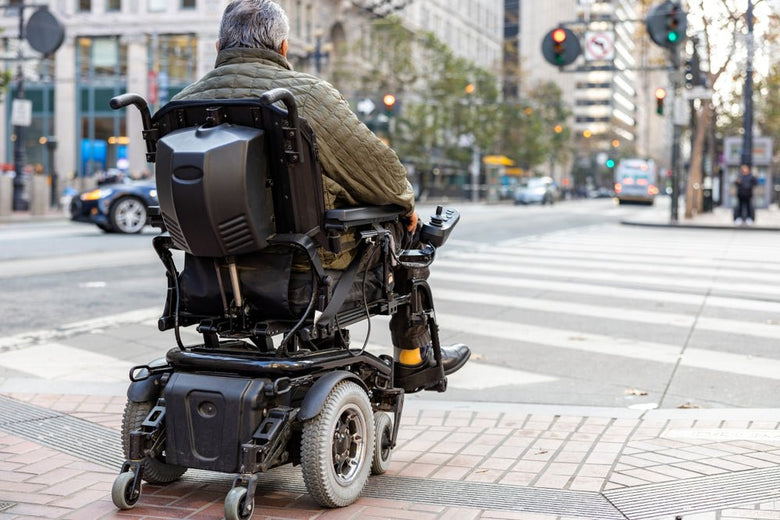The question of what causes weak legs in elderly is significant as it affects many seniors’ daily living and overall quality of life. Legs play a crucial role in balance, mobility, and independence. Therefore, understanding the reasons behind this common issue can aid in better managing and potentially preventing it.
Many older adults experience weak legs due to a variety of reasons which we’ll explore in depth. It is essential to consider these factors to provide effective support and care for our elderly loved ones.

The Impact of Aging on Leg Strength
As we age, physiological changes naturally occur in the body. Muscle mass tends to decrease, known as sarcopenia, which can significantly impact leg strength. This loss of muscle is partly due to hormonal changes and reduced activity levels common among elderly individuals.
Decreased Muscle Mass
Sarcopenia, or muscle loss, begins as early as the 30s but becomes more pronounced in older age. This loss is primarily attributed to decreased numbers of motor neurons and hormonal changes, including reduced testosterone and estrogen.
Reduced Physical Activity
Another vital factor to consider is the reduced physical activity among seniors. Individuals who lead inactive lifestyles are more prone to experiencing weak legs and overall decreased muscle function.
Common Medical Conditions Affecting Leg Strength
Certain medical conditions prevalent in older adults contribute to leg weakness, including arthritis, diabetes, neuropathy, and cardiovascular diseases. These conditions can cause pain, reduced mobility, and impaired circulation, compounding the issue of leg strength.
Arthritis and Joint Problems
Arthritis is one of the most common ailments in the elderly that can lead to weak legs. The inflammation and pain associated with arthritis can deter seniors from engaging in physical activities, further diminishing leg strength.
Diabetes and Peripheral Neuropathy
Diabetes can lead to peripheral neuropathy, damaging nerves in the legs and feet. This condition results in numbness, tingling, and weakness, making it difficult for seniors to maintain a steady gait.
Cardiovascular Issues
Poor circulation caused by heart disease or other cardiovascular issues can contribute to weak legs. Insufficient blood flow to the limbs can impair muscle function and endurance.
Assessing Lifestyle Factors
While medical conditions play a significant role, certain lifestyle factors like diet, hydration, and exercise habits also influence leg strength in older adults.
Nutrition and Diet
A balanced diet rich in essential nutrients like protein, vitamins, and minerals is crucial for maintaining muscle health. Inadequate nutrition can lead to muscle wasting and decreased function.
Hydration
Diverse factors can lead to dehydration in older adults, exacerbating muscle weakness. Seniors must ensure they drink adequate fluids to sustain muscle function and endurance.
Regular Exercise
Engaging in regular physical activity, including strength training and low-impact exercises like walking and swimming, is vital to maintaining leg strength and overall mobility.
The Role of Mental Health
Mental health significantly influences physical health. Conditions like depression can decrease motivation to remain active, thereby contributing to weak legs. Addressing mental health issues is paramount for optimal physical wellbeing.
Practical Steps to Enhance Leg Strength in Elderly
While some factors are beyond control, there are effective strategies to improve leg strength and overall mobility in seniors.
Creating an Exercise Routine
Designing an exercise routine tailored for seniors can help combat muscle wastage. It is beneficial to incorporate activities that focus on strength, balance, and flexibility.
For more adequate guidance on elderly care, consider exploring these tips on care for the elderly.
Ensuring Proper Nutrition
A dietes balanced with proteins, carbohydrates, vitamins, and minerals plays a significant role in maintaining strength. Including lean proteins, leafy greens, and whole grains can help maintain muscle mass.
Adjusting daily habits to reduce the risk of health issues like rashes also benefits elderly well-being.
Encouraging Medical Evaluations
Regular check-ups can identify underlying conditions contributing to leg weakness. Addressing diseases like diabetes and heart conditions helps improve overall strength.
Promoting Active Lifestyles
Encourage elderly individuals to engage in social and physical activities, fostering both physical and mental health.
The Importance of Community Support
Family, friends, and community resources play an essential role in aiding seniors to lead healthy lives. A supportive network can provide encouragement and resources to maintain active lifestyles.
Group Activities
Participating in group exercises or community events can encourage physical activity while promoting social interaction and reducing isolation.
For additional insights on safe travel for seniors, refer to this article on flying dangers.
Elderly Care Services
Enlist services from caregivers or home care facilities that offer tailored exercise plans and nutritional guidance.
Technological Aids and Devices
The advancement of technology has introduced various aids and devices that can assist seniors with leg weakness. From walkers to high-tech mobility scooters, these devices contribute to independence and safety.
Mobility Aids
Utilizing canes or walkers can help provide stability and prevent falls.
Fitness Monitoring Devices
Devices like smartwatches can track activity levels, providing reminders to stay active and ensuring seniors meet their daily physical goals.
Promoting a Holistic Approach
Addressing weak legs requires a holistic approach that combines medical, nutritional, physical, and mental health considerations. Supporting seniors to integrate these aspects into their daily lives enhances their quality of life significantly.
Conclusion
Understanding what causes weak legs in elderly leads to effective preventions and interventions, ensuring seniors maintain their independence and life quality. Addressing both medical and lifestyle factors, alongside community support, reveals promising paths to improved leg strength and overall wellbeing.

FAQs
What exercises are beneficial for strengthening weak legs in seniors?
Exercises like walking, swimming, or simple strength-training activities are excellent. Always consult a healthcare professional before beginning any exercise regimen.
How can diet affect leg strength in the elderly?
A balanced diet rich in proteins, vitamins, and minerals is crucial for maintaining muscle mass and function, directly influencing leg strength.
Are there any medical devices to assist elderly with weak legs?
Yes, various devices such as canes, walkers, and mobility scooters can significantly aid seniors in maintaining independence and reducing fall risks.
This article contains affiliate links. We may earn a commission at no extra cost to you.

